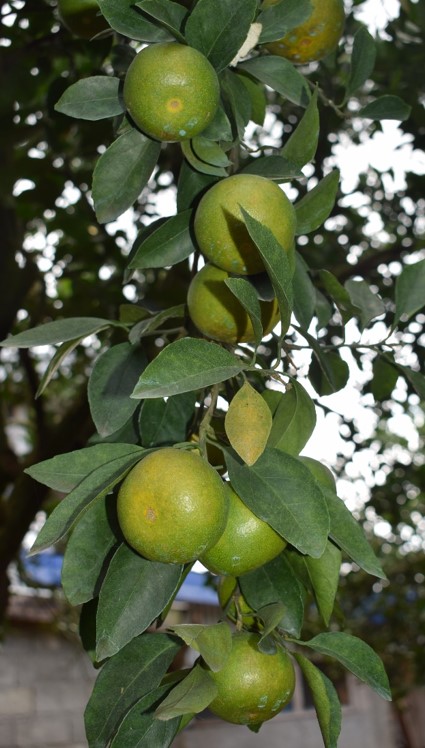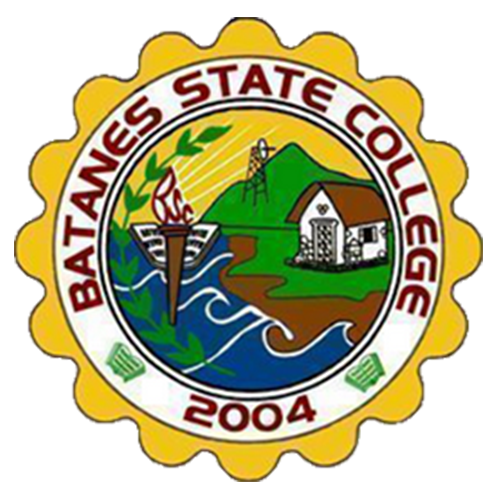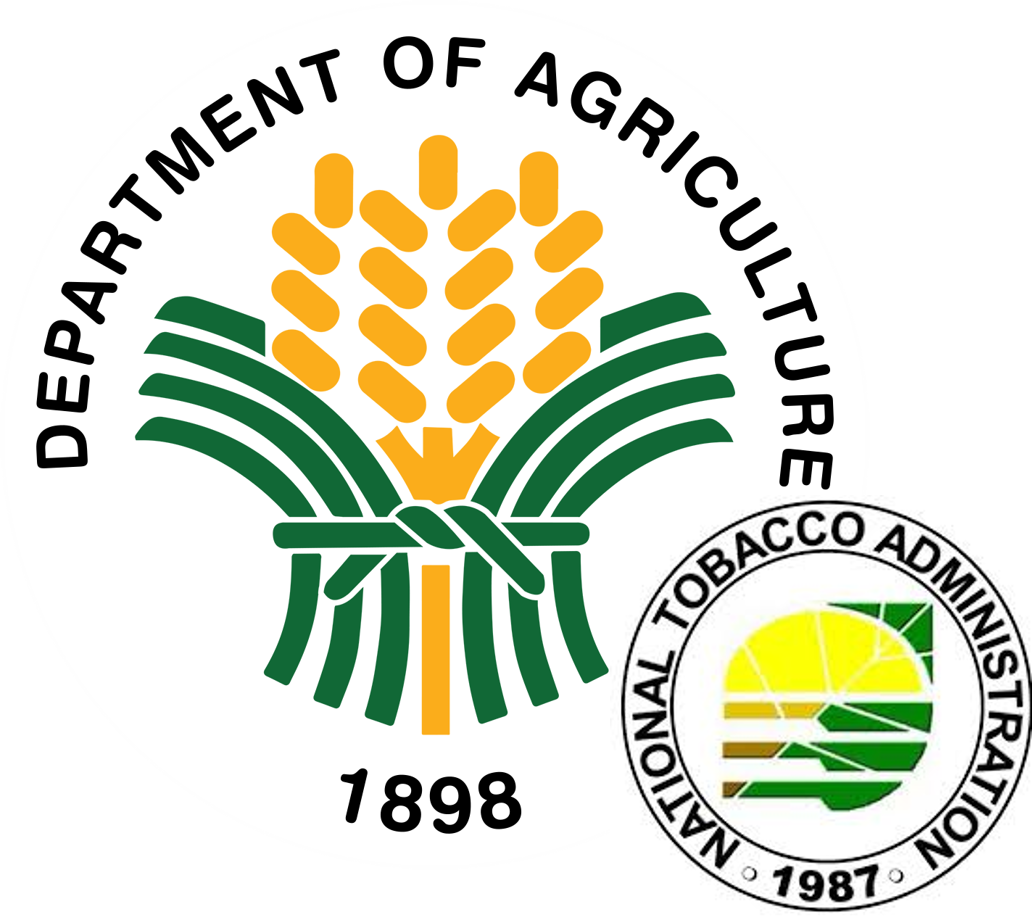 | Cagayan Valley Agriculture, Aquatic and Natural Resources Research and Development (CVAARRD) Consortium |
Establishment and Membership
The Cagayan Valley Agriculture, Aquatic and Resources Research and Development (CVAARRD) Consortium is a conglomerate of 20 national government and private agencies and academic institutions that strived to promote science and technology applications for agriculture, aquatic, forestry and natural resources (AANR) sectors and provide the venue for joint planning, monitoring, evaluation and sharing of resources through collaborative interventions among its member institutions through the implementation of R&D management and coordination, strategic R&D, R&D results utilization, capability building and governance, and policy analysis and advocacy.
The consortium history dates back to September 10, 1976 when the Cagayan Valley Agricultural Complex (CVARC) emerged through a Memorandum of Agreement between the Philippine Council for Agricultural Resources Research (PCARR), the Bureau of Plant Industry (BPI) and the Cagayan Valley Institute of Technology (CVIT). CVARC was renamed Cagayan Valley Integrated Agricultural Research System (CVIARS) on November 17, 1978 as a result of the merging of CVIT and the Isabela State College of Agriculture (ISCA) earlier in June 1978, into the Isabela State University (ISU). ISU was identified as Regional Center under the Philippine Council for Agriculture, Forestry and Natural Resources Research and Development (PCARRD) national network of research centers and stations.
The CVIARS setup was a partnership of ISU with BPI, the Philippine Tobacco Administration (PTA), and the National Irrigation Administration (NIA), to pump prime development programs of region 2. In five years, more agencies in region 2 became members of CVIARS which included Cagayan State University, Department of Agriculture (DA), Nueva Vizcaya State Institute of Technology (NVSIT), and National Economic & Development Authority (NEDA).
CVIARS had since remained as the mechanism for planning, coordinating, implementing, and monitoring and evaluation of research activities on agriculture and natural resources in region 2 until November 25, 1988 when CVIARS was converted into a research consortium, the Cagayan Valley Agriculture and Resources Research and Development Consortium (CVARRD). With PCAARRD’s new engagement to all consortia in June 2015, the consortium integrated the aquatic sectors in its mandate, thus CVARRD became CVAARRD. Through the approval of the Regional R&D Council and the Executive Board of the consortium in April 26, 2021, the word “Natural” is added in the meaning of CVAARRD to make it Cagayan Valley Agriculture, Aquatic and Natural Resources Research and Development Consortium.
The consortium is composed of 20 member intitutions. Six (6) of which are state universities; six (6) DA Offices; one (1) Local Government Unit (LGU); two (2) DOST offices; one (1) NGO; one (1) DENR office; one (1) DTI office; and one (1) NEDA office. Fourteen (14) of these agencies are R&D implementing agencies and six (6) are non-R&D implementing agencies.
Vision
A regional center of excellence in research and technology management providing leadership and policy direction in advancing the agriculture, aquatic, and natural resources sectors to significantly contribute to suitable development and to the improvement of the quality of life of the people in Cagayan Valley.
Mission
A commitment to provide and implement inter-institutional mechanisms that can effectively focus and harness the R&D capabilities, programs and resources of various institutions in Cagayan Valley Region towards the attainment of goals and aspirations of its people.

























